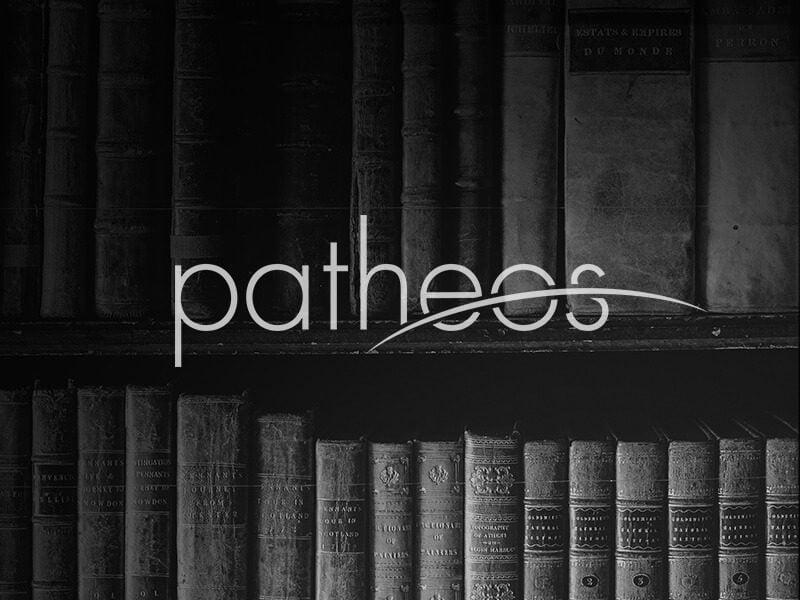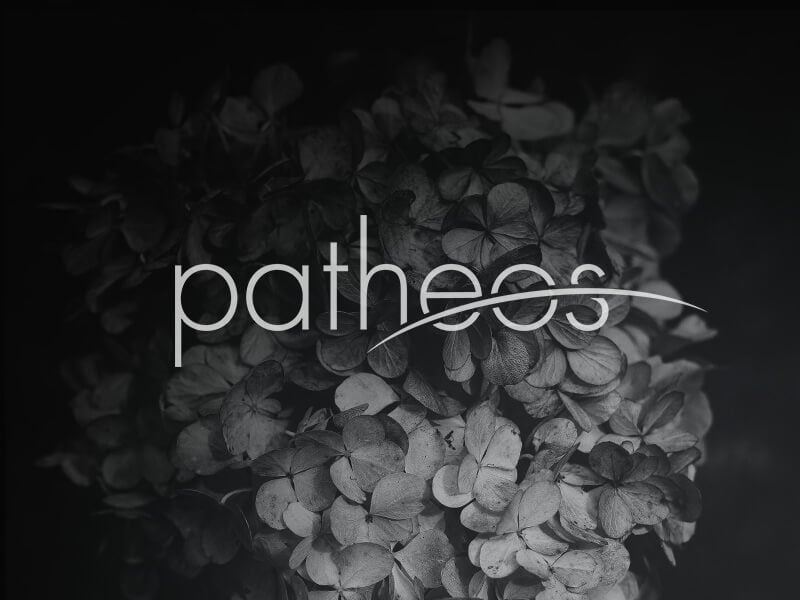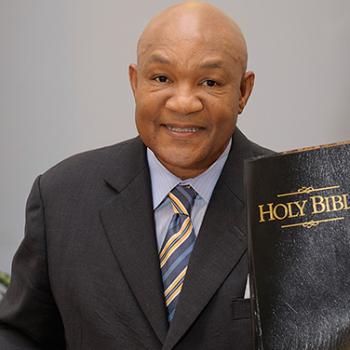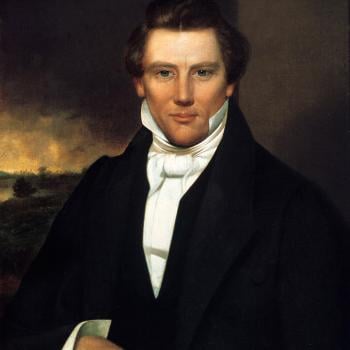The extension of rights to the Jews was one of the great achievements of the French Revolution, and Rosenstock-Huessy moves from a discussion of the resulting Jewish enthusiasm for liberalism to a digression dealing with the relation of Jews and Gentiles in history. It is titled “Alpha and Omega,” and this link of protology and eschatology will become important for what he has to say about the continuing role of the Jews in the Christian era. (more…) Read more




















